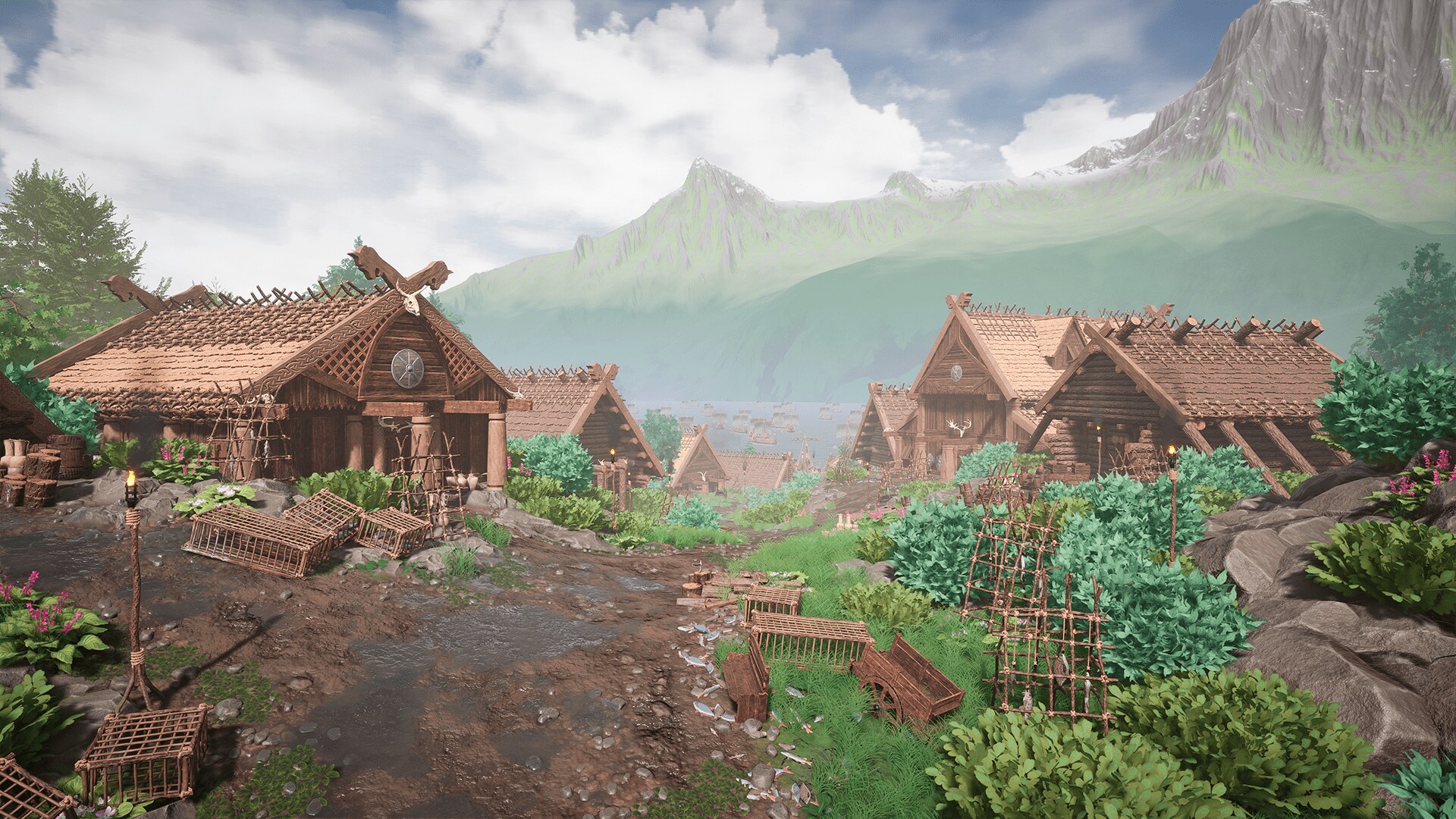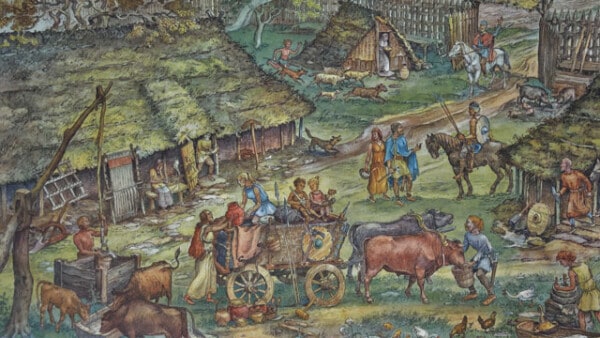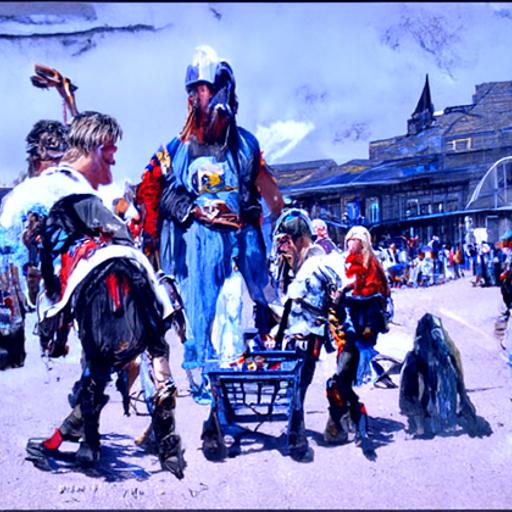The Vikings were a fascinating people whose influence can still be seen in many aspects of modern life. However, despite the similarities between Viking and modern cultures, there are many things that set Viking culture apart from our own. In this post, we'll explore 10 of the most significant differences between Viking culture and modern day.

-
Religion The Vikings worshipped a pantheon of gods and goddesses, with Odin, Thor, and Freyja among the most well-known. Their religious beliefs played a significant role in all aspects of their lives, from farming to warfare.
-
Social Structure Viking society was hierarchical, with kings and chieftains at the top and thralls (slaves) at the bottom. Social status was determined by birthright and wealth.
-
Warfare The Vikings were known for their ferocity in battle and their use of longships to raid and conquer new lands. However, they also engaged in more traditional forms of warfare, such as using shields, swords, and spears.
-
Gender Roles While Viking women had more freedom than women in some other cultures of the time, they were still largely relegated to domestic duties. Men were the primary warriors and leaders of Viking society.
-
Clothing Viking clothing was practical and often made from wool or linen. Both men and women wore tunics, while men also wore trousers and women wore skirts.
-
Art and Craftsmanship The Vikings were skilled craftsmen who created intricate works of art from metal, wood, and bone. Their jewelry, weapons, and household items were often elaborately decorated.
-
Farming Agriculture was a vital part of Viking society, and they were skilled at cultivating crops and raising livestock even in harsh environments.
-
Language Old Norse was the language spoken by the Vikings, and it was the ancestor of modern Scandinavian languages.
-
Law and Justice Viking society had a complex legal system that included things like "weregild" (compensation paid to a victim's family) and "outlawry" (banishment from society as punishment).
-
Death and the Afterlife The Vikings believed in an afterlife, and they often buried their dead with weapons, jewelry, and other items they believed would be useful in the next world.
While there are many differences between Viking culture and modern day, the Vikings continue to fascinate and inspire people around the world. Their legacy can be seen in everything from place names to art and literature, and their impact on history is undeniable.
Works Cited:
- The Viking World by James Graham-Campbell
- Viking Culture by Ancient History Encyclopedia
- The Viking Age: A Time of Warriors, Raiders, and Explorers by The Smithsonian Magazine
- Viking History by The History Channel
- Viking Society by The Viking Answer Lady





Leave a comment
This site is protected by hCaptcha and the hCaptcha Privacy Policy and Terms of Service apply.